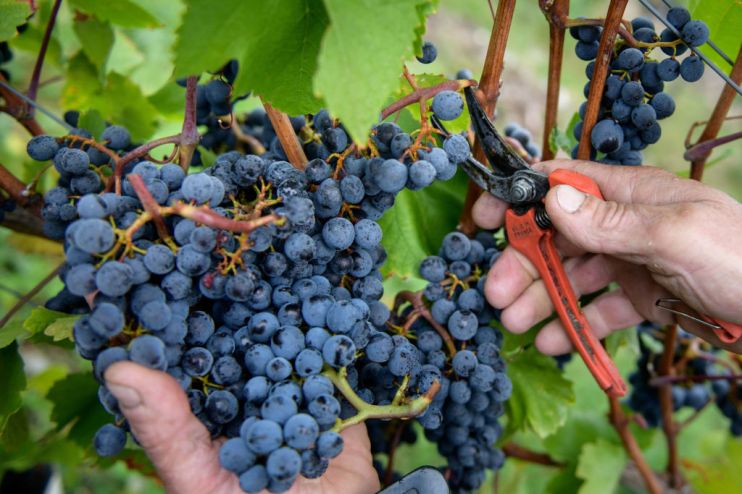Why Chinese wine is so hot right now

Sunday marked Chinese New Year, an excellent reason to sample some of the country’s incredible wines. Despite making wine for over 2,000 years, it is only relatively recently that winemaking has increased and started filtering into the UK’s market.
“Wine is becoming popular because younger people are more influenced by Western tastes, and grape wine made in the Western style is a growing trend,” says Janet Wang, author of The Chinese Wine Renaissance. “Now Chinese wines are also starting to be exported because Chinese producers want to showcase their wines to an international audience, especially since 2012 when [they] started to win top prizes in international competitions”.
China’s terroir is varied and unique, allowing a range of wines to be created, with red wine dominating production and consumption. The expanse of the Loess Plateau, with altitudes of over 1,200 metres above sea level near the Gobi Desert, is a “very exciting new frontier for the world of wine,” says Wang. Within this is the notable region of Ningxia, hailed as the Bordeaux of China and “the Eldorado of China’s top reds,” according to Lenz Moser, winemaker for Changyu Moser XV.
Chinese wines tend to be well-balanced since balance is a very important concept in China
China is one of the largest wine producers in the world, says Moser, highlighting the industry’s speed of growth and “hunger for premium wines”. “In a blind tasting in Zurich two years ago, our icon wine ‘Purple Air Comes From The East’ ranked fifth amongst such well-known stars as Château Pontet Canet and Seña, but nobody expects top wines from China,” says Moser. Effi Tsournava of The Royal Exchange’s Oeno House says that Chinese New Year and #TryJanuary have meant more consumers have been keen to give wine from China a whirl.
Sipping their Silver Heights ‘The Summit’ 2017 (£71 Oeno House), I was impressed by its bold elegance and unfolding, enticing complexity, a key feature of premium Chinese wines. “Our guests’ eyes light up when we suggest a biodynamic Bordeaux blend from Ningxia, this element of surprise is certainly an alluring factor and we are delighted to see a growing number of wine-lovers keen to treat their tastebuds to new wines and explore new regions,” says Tsournava.
“As Chinese wine’s quality, individuality and world-wide reputation are steadily growing, these are good earlyinvestment opportunities.” As the Chinese usually drink wine in a banquet scenario, Chinese wines tend to be “food friendly and compliment a wide variety of food”, says Wang. “The wines need to be versatile and accommodating to lots of different dishes. Chinese wines tend to be fruit forward, approachable when young, and well balanced since balance is a very important concept in China, and within its own food and wine culture”.
If you want to try pairing for yourself then the Pan Pacific Hotel offers the largest, most extensive list of Chinese wine in London. I had the pleasure of trying it for myself this week as you can see from my most recent Dining Diary.
Read more from City A.M. Life&Style